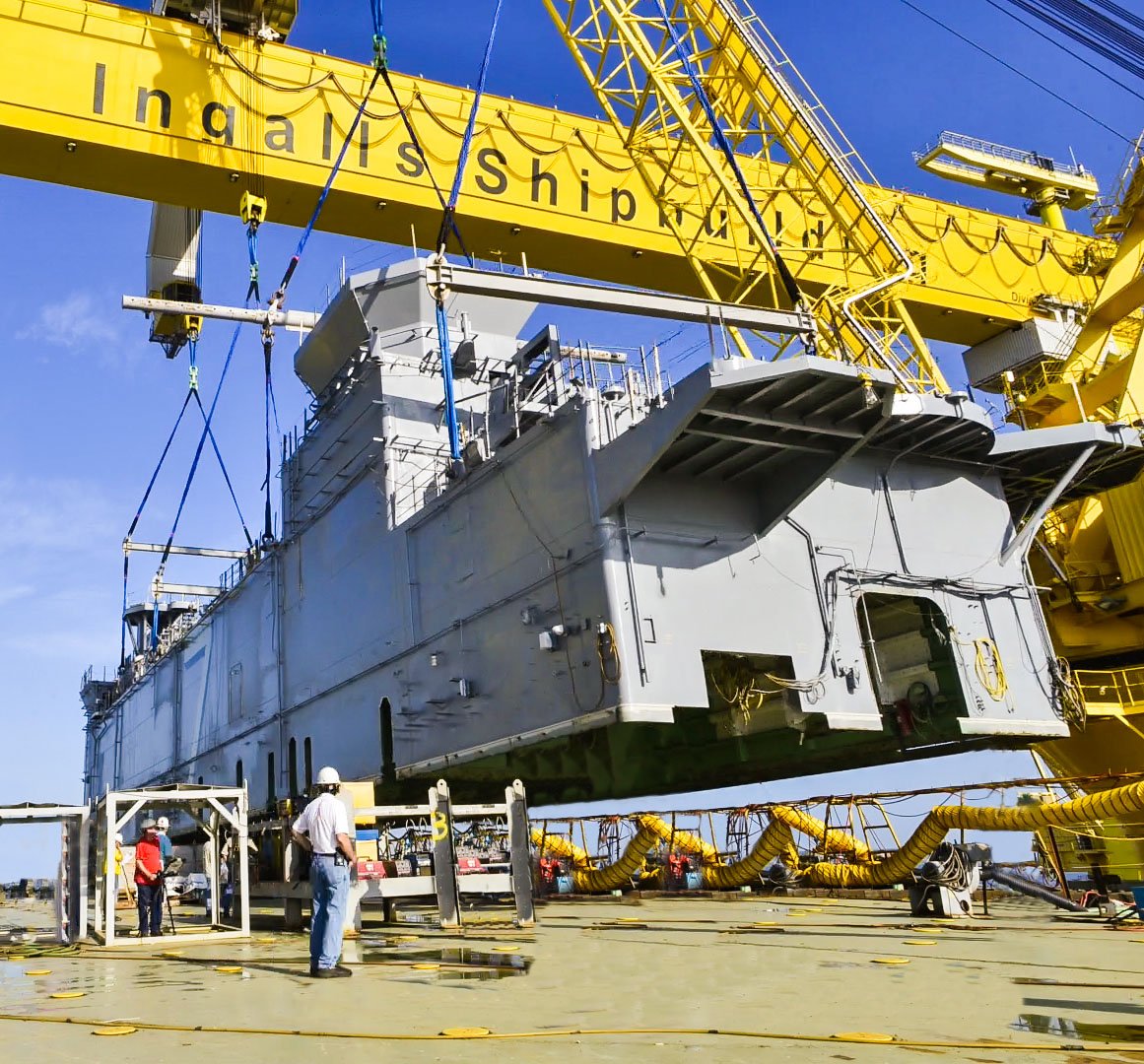
WASHINGTON, D.C. — The Navy would prioritize increasing the production rate of existing ship classes and inserting new capabilities into mature hull designs as a way to get to a 350-ship Navy, if the incoming Trump administration follows through on its promise to grow the Navy, the service’s acquisition chief said today.
At a Senate Armed Services Committee hearing today, Sen. Ted Cruz (R-Texas) asked what challenges the Navy would face in reaching President-Elect Donald Trump’s stated 350-ship goal.
Sean Stackley, the assistant secretary of the Navy for research, development and acquisition, said the biggest challenge would be keeping the Ohio Replacement Program, also called the Columbia-class ballistic missile submarine, on schedule and reducing cost as much as possible – which is already a challenge for the service.
Specific to increasing the fleet from today’s 308-ship trajectory to something even higher, Stackley said they key would be to leverage existing designs rather than try to design new ship classes to field.
“What we don’t want to do is bring a whole bunch of new designs to the table, add the technical risk that that brings, add the start-up cost that that adds, add the uncertainty that that introduces and add the amount of time that that would take to get through the design and production schedule,” he said.
“So let’s leverage the existing production lines that we have and introduce capability to those platforms as best as possible, looking at that future threat. And that’s the path that we’re on.”
The Navy has already tried to follow that concept, with basing its LX(R) dock landing ship replacement design on the existing San Antonio-class amphibious transport dock design.
The next step in building a bigger fleet is increasing the rate of production of ship classes currently being built – specifically, Virginia-class attack submarines, Arleigh Burke-class destroyers and amphibious ships.
“I would tell you, the first priority is going to be our attack submarines. When you look at our force structure, going forward we have a very serious shortfall in attack submarines in the late 2020s. We have got to stem that as best as possible. So that would be the first place that we go in terms of increasing our production rate,” Stackley said.
“Surface combatants – right now we’re building surface combatants at a rate that, in the long term, results in dropping off in terms of total number of large surface combatants because we built at such a high rate during the Reagan buildup years; if we stay at two per year, we’re going to start settling down to a 60 to 70 number of large surface combatants, which won’t meet our operational requirements
“And then amphibs: today we are below what the [chief of naval operations] and the commandant have agreed to in 2009 in terms of the amphib force structure,” Stackley continued.
“We have to get up to that number (38) and we’re on that path. But the reality is that these are high-utility platforms, they are high demand, high utility and very flexible. Wherever we have operations going, amphibs find a way to support that operation,” he said, suggesting that the number of amphibs could increase beyond the current plan.
Independent of the incoming Trump administration, the Navy has been working on a new force structure assessment, as real world conditions have changed dramatically since the 2014 FSA. Chief of Naval Operations Adm. John Richardson and other top Navy officials have made clear that the current 308-ship requirement is likely to go up.
Stackley told Cruz at the hearing that the Navy is still “identifying what number and mix of ships we need for the future, the mid-2020s and beyond.” He added that smaller ships such as the Littoral Combat Ship, which the SASC hearing focused on, would be important in that final mix as a way to keep operational pressure off more expensive ships like destroyers. If not for LCSs and the eventual follow-on frigates, building to achieve the requirements under the new FSA would be an even bigger budget challenge.





